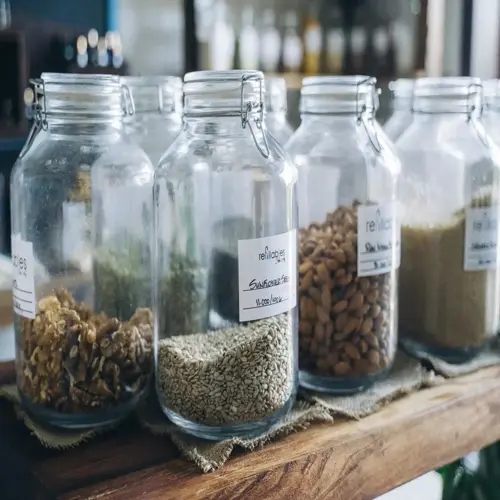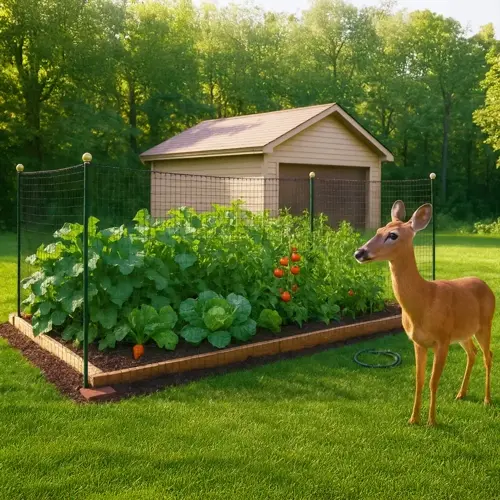Are repellents safe for edible gardens?

Written by
Michael Sullivan
Reviewed by
Prof. Martin Thorne, Ph.D.Using repellents in vegetable gardens warrants some thought. Most natural options also have the potential for safety if used as directed. My produce has been chemical-free for several years, and I employ methods that are effective. Always follow your methods of keeping edibles free from any contamination, while still keeping the rabbits at bay.
Timing Applications
- Apply liquid sprays 3 weeks before harvesting leafy greens
- Treat root vegetables at planting time only
- Avoid fruiting plants during blossom-to-harvest period
Repellent-Specific Rules
- Blood meal: use around root crops like carrots and potatoes
- Garlic spray: apply to soil only for fruiting plants
- Citrus peels: place in perimeter trenches away from edibles
Harvest Preparation
- Wash produce under running water for 30 seconds
- Use vegetable brush on root crops with granular repellents
- Peel cucumbers and squash treated during early growth
Stick to the strict application zones for the specific vegetables. For example, leafy greens like lettuce should only be sprayed on the soil, not on the leaves. Root crops utilize granular blood meal at planting. I have records in my garden journal noting zero contamination issues using these methods for five growing seasons.
Implement pre-harvest intervals for safe usage. For leafy greens, discontinue all repellents 21 days before harvest. For tomatoes and peppers, stop applications when blossoms emerge. This allows the material to dissipate naturally and be safely consumed.
To remove residues, washing techniques are effective. Rinse in cold running water using a gentle brush. For root crops treated with granular repellents, it is best to peel them after washing and rinsing. My family happily eats the foods from our garden with complete confidence, thanks to these methods.
Refrain from using some repellents on edible plans. Commercial predator urine isn't considered safe for food gardens, and there is always a risk of salmonella with homemade egg mixtures. I typically use garlic and citrus, both of which are plant-based and can be used with confidence.
Read the full article: 10 Natural Rabbit Repellents for Gardens

